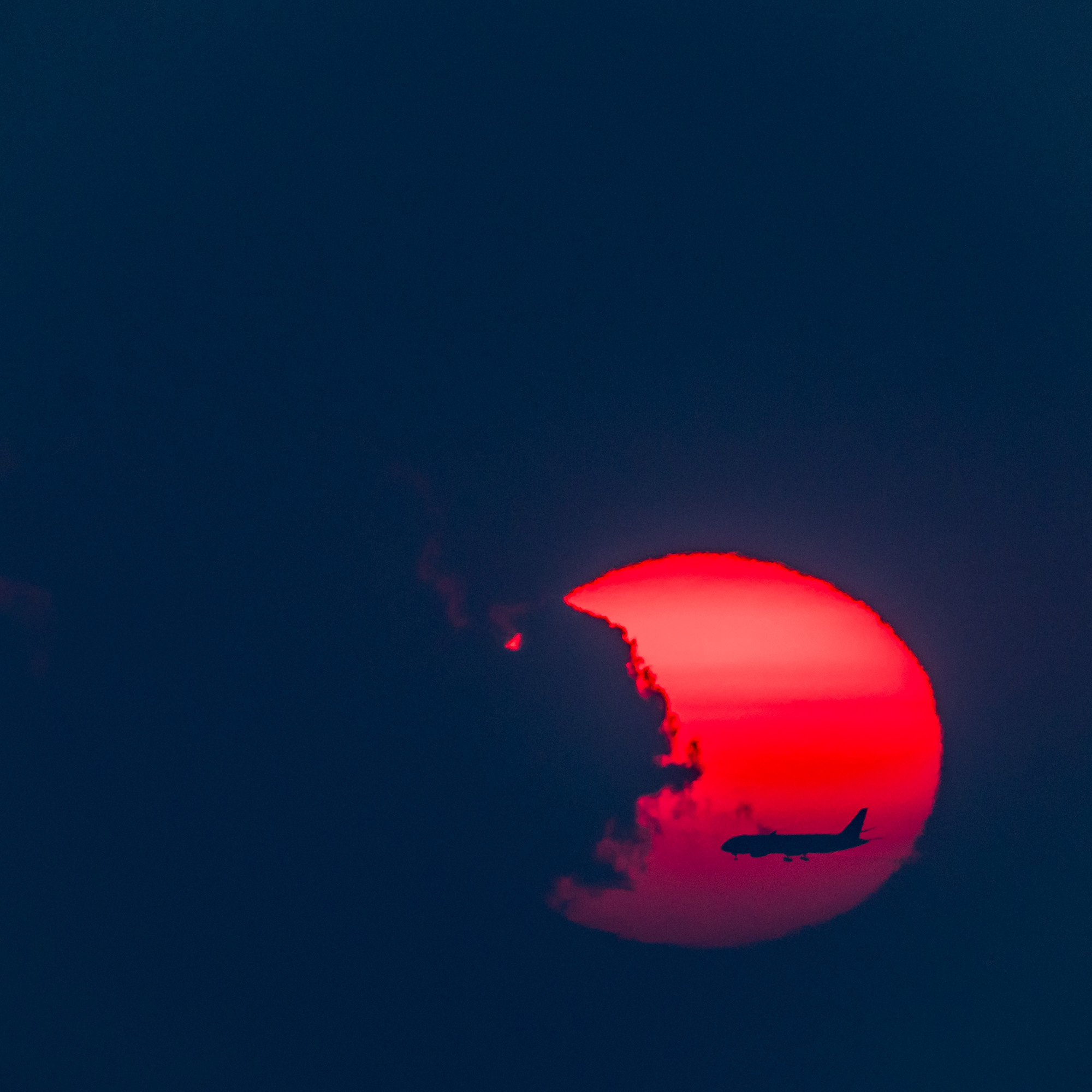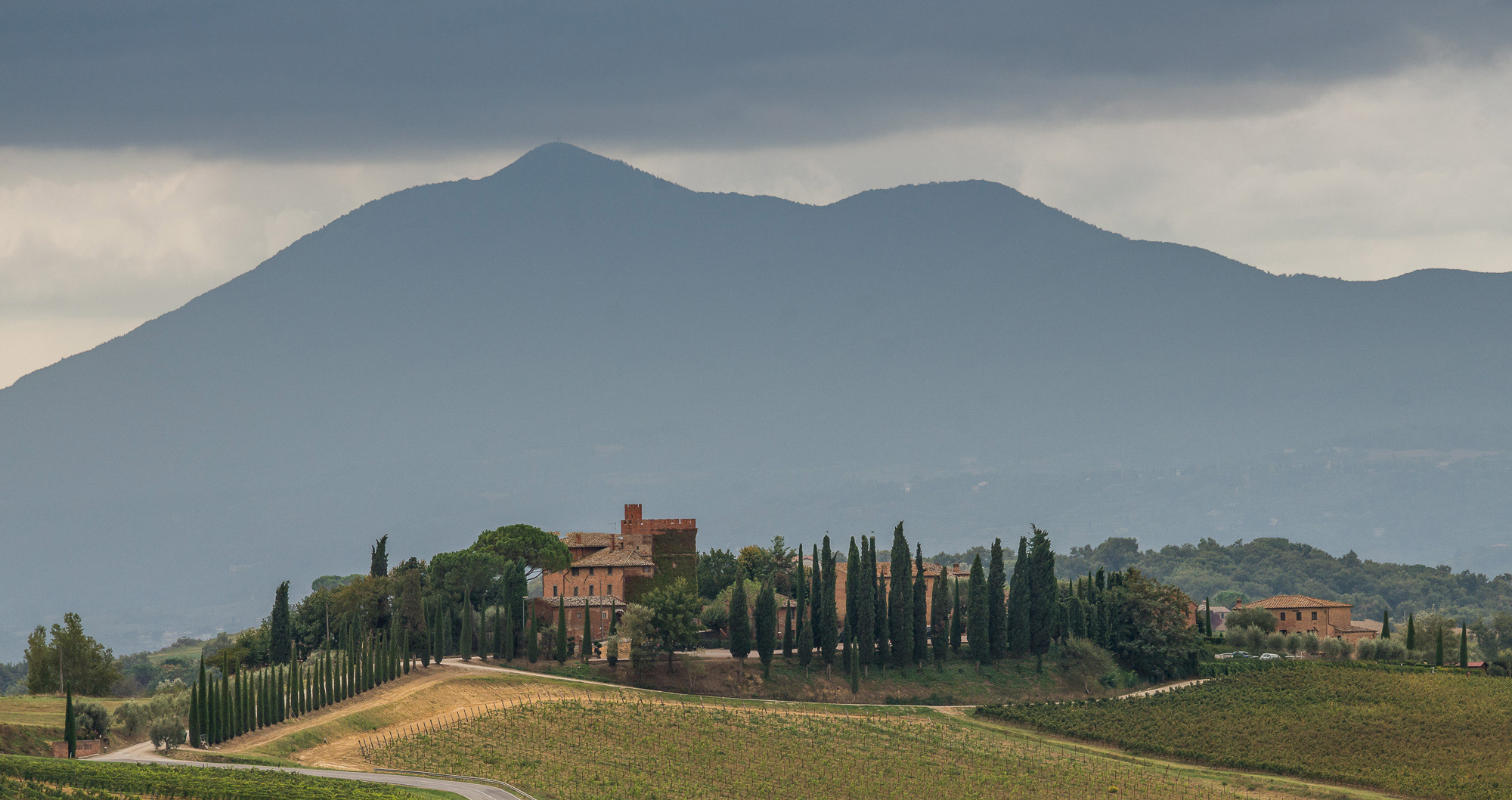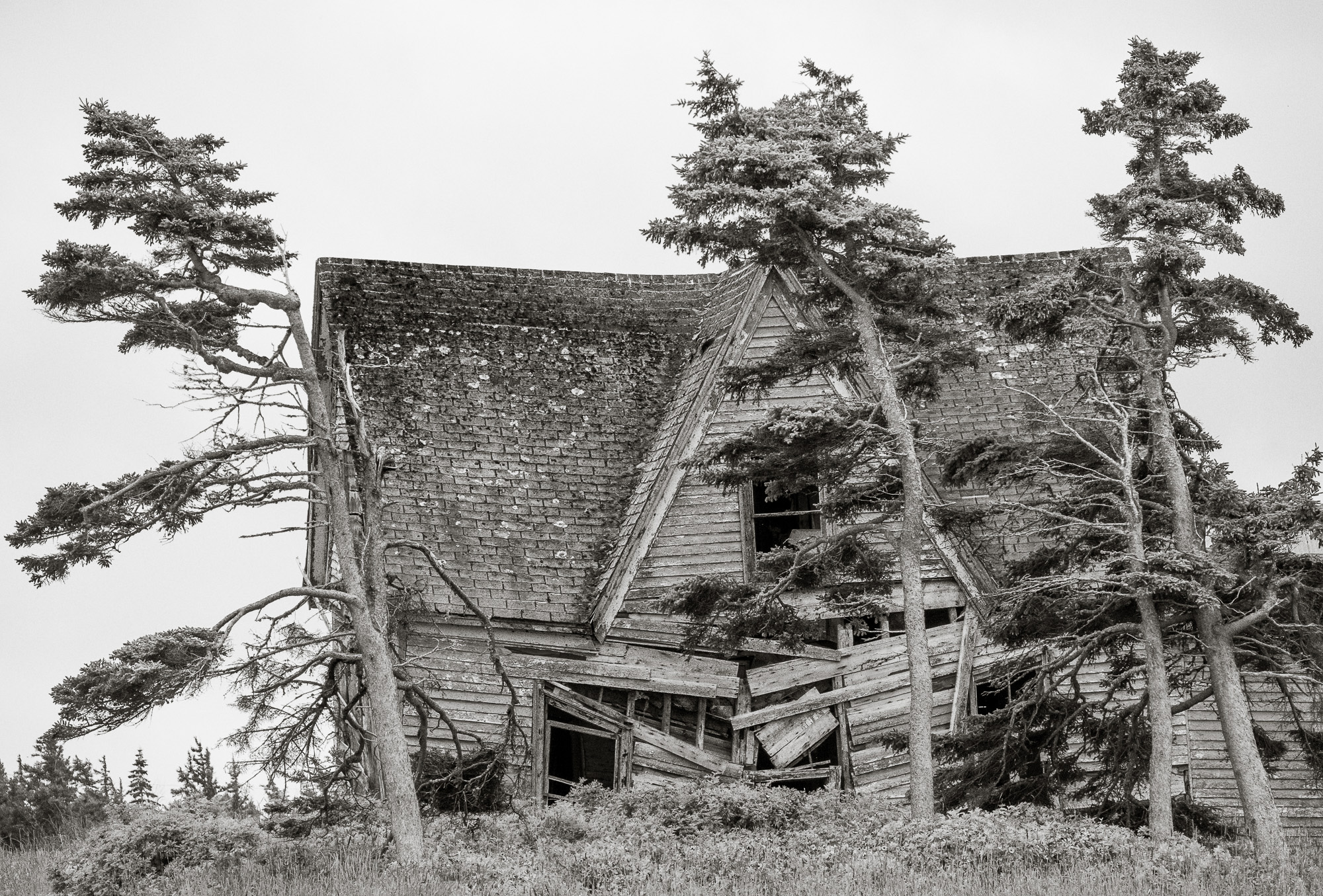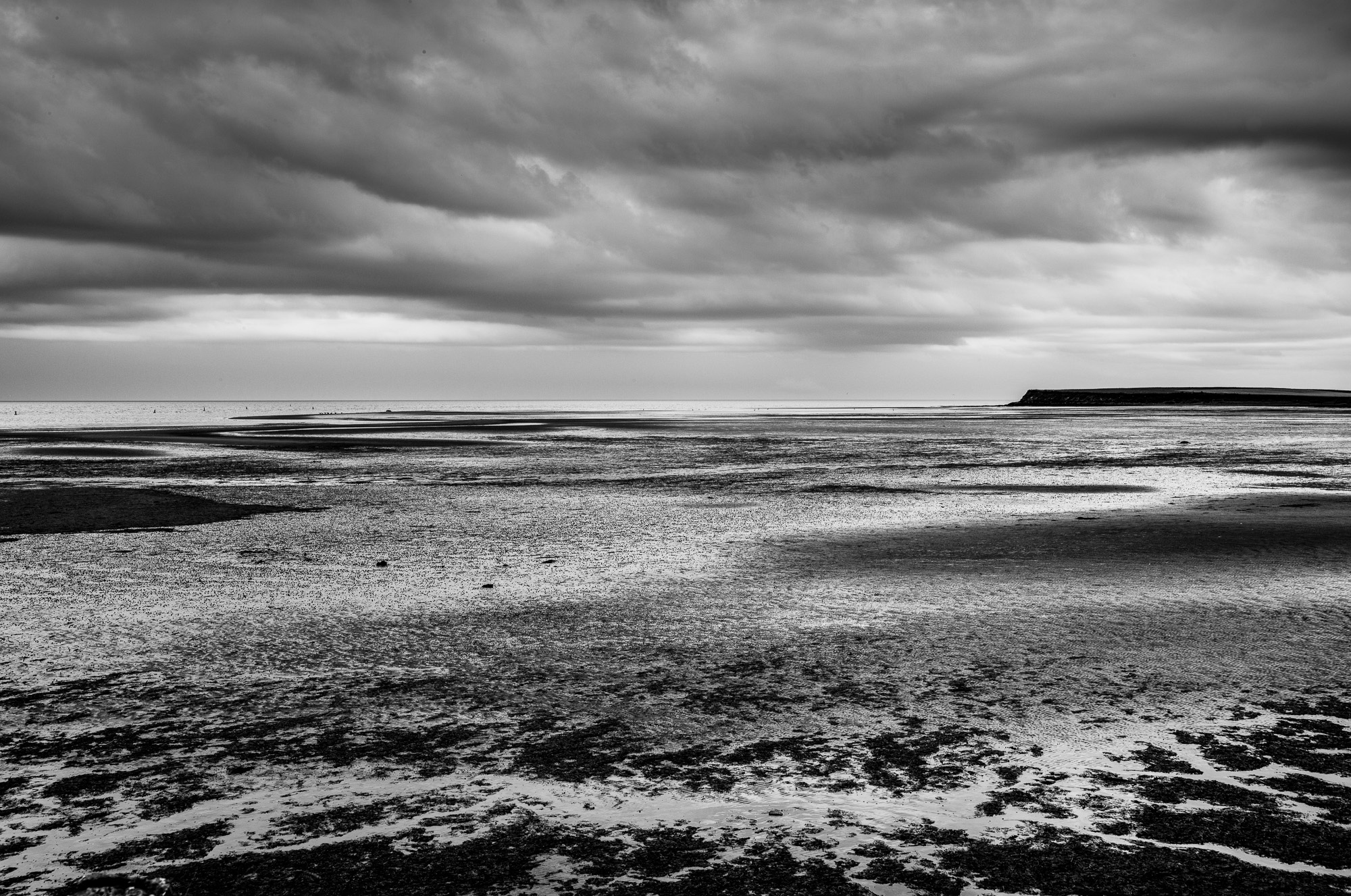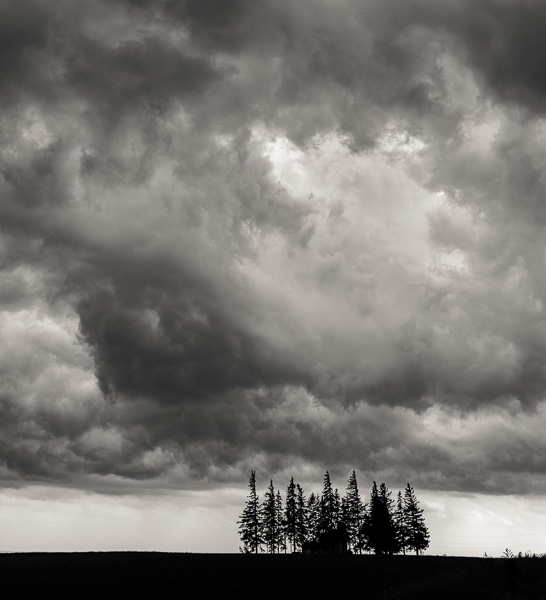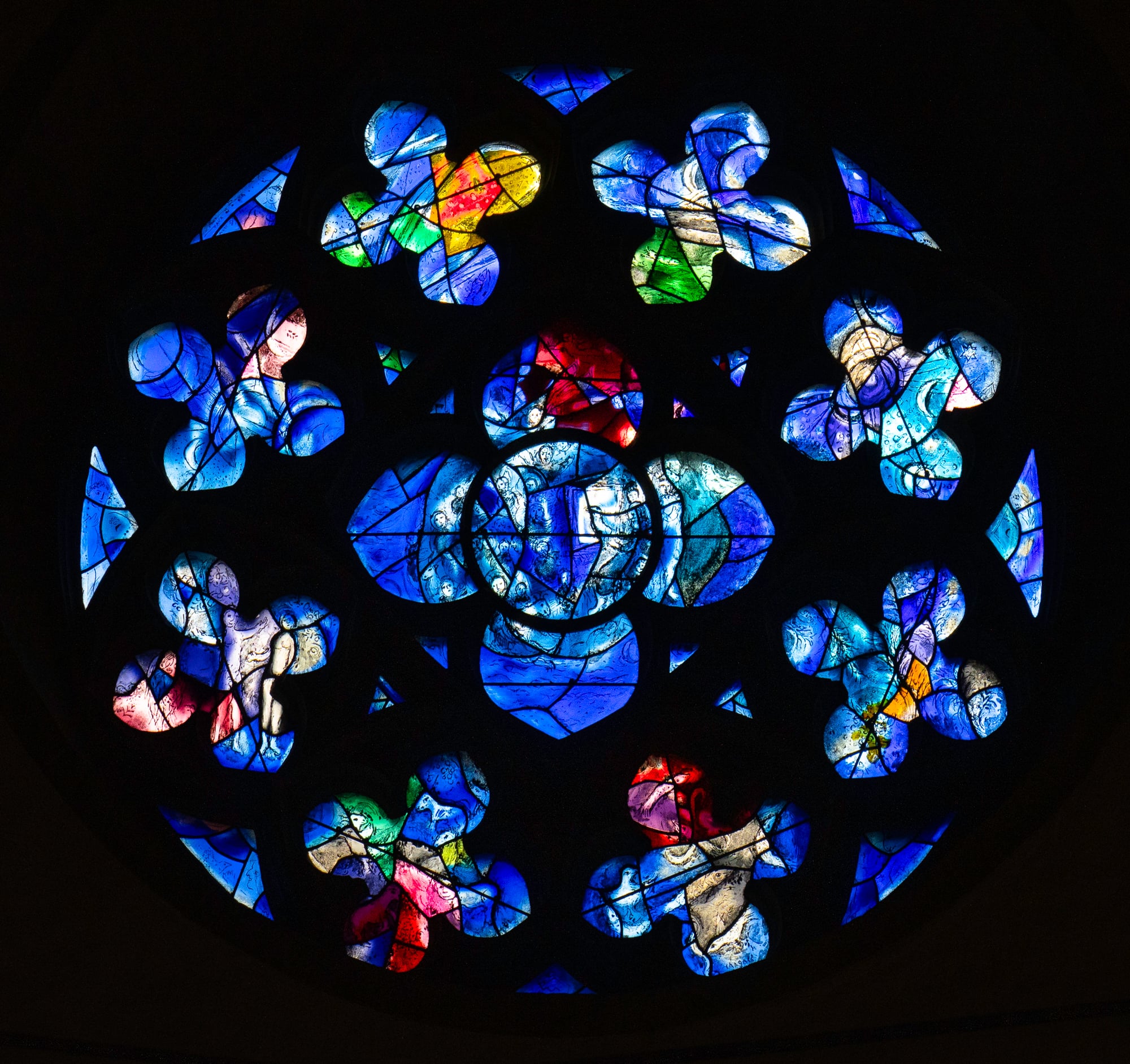When we think of the Canadian Rockies the usual image is of sweeping vistas with snow capped peaks lining valleys with turquoise rivers and emerald lakes. But there are secrets hidden in out of the way places that await those willing to get off the beaten path and explore. The Kootenay Plains of the southern Canadian Rockies is just such a place.
Take highway 93 North from Lake Louise to Saskatchewan River Crossing. Turn East on Highway 11 and you will leave Banff National Park. Continue east past the Park gate along the David Thompson Highway for about 18 kilometers (11 miles) and take the Landslide Lake turnoff. A short hike up the trail from the parking lot will lead you to an aspen grove that hides a magical secret – prayer flags!
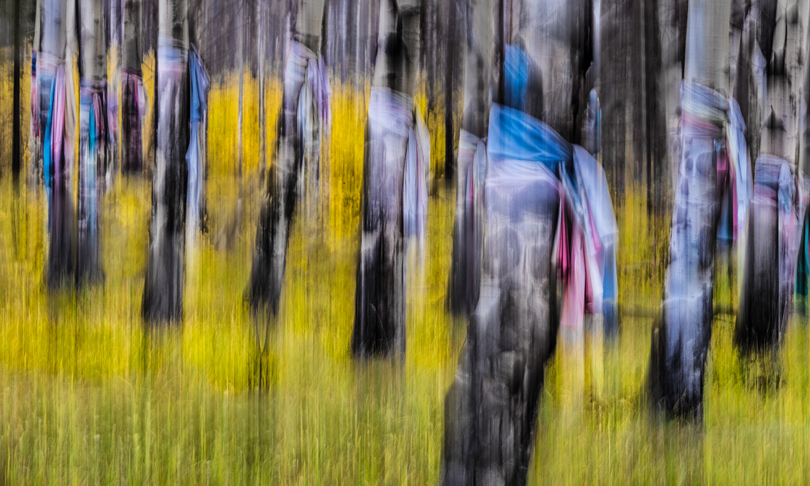

What, you ask, are prayer flags doing in an aspen grove in the southern Canadian Rockies?
This is traditional territory of the Blackfoot, Cree and Stoney First Nations who use prayer flags as part of their traditional religious ceremonies. But do not confuse these with other “prayer flags” such as those used by Buddhists hung from lines to flutter in the breeze. Blackfoot flags are more like scarves tied around the trunk of the tree and left to decay back into nature. As the tree grows it carries the prayer closer to The Creator.


Fuji X-T1; Fuji 18-135mm @ 44mm; .16sec/ f22; ISO200


Fuji X-T1; Fuji 18-135mm @ 521.27mm; .2sec/ f22; ISO200
I first came across them on an overcast, rainy fall afternoon and was immediately captivated. I had been told about them, but nothing prepared me for the encounter. This is a place shrouded in mystery and an eerie but beckoning energy. The damp from the drizzle turned the tree trunks black and made the foliage and the colours of the flags glow.


But how to capture the magic of the place? Of course, I tried the traditional exposure which produced a bunch of trees with stuff tied around them … definitely not a winner. After several attempts with different techniques and utter frustration, I remembered a camera motion technique from a Freeman Patterson workshop many years ago … BINGO! The results are what you see here. The background of bright yellow aspens and the yellow- green of the grass have now fused into a pallet that separates the trees and flags from the background, the colours of the flags pop and lend a ghostly ambiance to the scene.


My second encounter with this grove was the complete opposite of the first in every way possible. I knew where to find them, what to expect (or so I thought) and how I wanted to treat them. I should have known better; reality has an annoying habit of derailing “expectations” and “plans”. Instead of a nice overcast drizzly day, I got bright sunshine, green grass and bare trees yet to put on spring foliage. What to do? I knew the standard exposure was a waste of time so back to the ICM technique and see what happens. As you can see the results are similar but dramatically different.


Fuji X-T1; Fuji 18-135mm @ 66mm; .3sec/ f18; ISO200


Fuji X-T1; Fuji 18-135mm @ 79mm; .7sec/ f22; ISO200
Camera Technique
There’s no great secret in the camera technique. In Camera Motion is a well-understood technique used by many photographers in a variety of circumstances. The trick is to find the shutter speed and camera motion that give you the results you want. That’s pure trial and error. But there are a few tips that can make life easier. Here’s my experience:
- On the overcast day, the light was low enough to achieve shutter speeds of 1 second by simply using base ISO and shutting down the aperture to f11-16, and experimenting with the camera motion.
- On the sunny day a 3 stop ND filter was necessary to achieve shutter speeds of ¼-1/2 second with the same ISO and aperture as above.
- Get the camera motion going and smoothly settled, then fire the shutter while continuing the motion.
- Experiment; Experiment; Experiment. And then Experiment some more.


Fuji X-T1; Fuji 18-135mm @ 52mm; .3sec/ f22; ISO200


Fuji X-T1; Fuji 18-135mm @ 47mm; .5sec/ f18; ISO200
If You Go
The David Thompson Highway (Hwy 11) is a wonderful off the beaten path route with very little traffic and few places to stay unless you are camping or pulling a trailer. Named after the famous Canadian explorer and cartographer David Thompson who first visited the region over 200 years ago, the area has seen minimal development since.
The highway follows the North Saskatchewan River from Banff National Park into the foothills further East. A dam near the eastern end of the valley creates Abraham Lake, a large, beautiful turquoise lake about half the length of the valley. Because it is a reservoir, the water levels drop significantly in Winter, rising throughout the summer and filling up by August. Late Spring is low water with most of the lakebed exposed like a pocket desert. The colour, which is a result of fine glacial sediment suspended in the water, is at its best towards the end of summer, after the snowmelt and spring rains have stopped. Winter brings yet another spectacle as methane bubbles get trapped in the ice as the lake freezes – one of very few places on the planet where you can see this phenomenon and the subject of winter photo workshops.


The David Thompson Resort is a large full-service hotel about 27 miles east of the Saskatchewan River Crossing (open mid-May to September). Two kilometers up the highway is Aurum Lodge, an off-grid eco-tourism B&B and lodge catering to photographers and nature enthusiasts from around the world (my recommended place to stay) and the base for year round photo workshops in the area. At the eastern end of the valley is Nordegg, a once thriving mining town now reduced to little more than a village. There is a year-round motel there, but the real attraction is the old mine site and the Miners Café in the old school building, now a museum … highly recommended for lunch (open mid-May to September).
Finally, a word on etiquette. As well as the prayer flag grove, there are other First Nations traditional sites scattered around the area. Please remember that these are considered “sacred” sites as we would consider a church, temple or mosque. Please do not disturb or damage any of the artifacts or contents of these sites. Leave only your good intentions and take away only your memories and images.
F8 and Be There.
JC Wilson
January 2017
Read this story and all the best stories on The Luminous Landscape
The author has made this story available to Luminous Landscape members only. Upgrade to get instant access to this story and other benefits available only to members.
Why choose us?
Luminous-Landscape is a membership site. Our website contains over 5300 articles on almost every topic, camera, lens and printer you can imagine. Our membership model is simple, just $2 a month ($24.00 USD a year). This $24 gains you access to a wealth of information including all our past and future video tutorials on such topics as Lightroom, Capture One, Printing, file management and dozens of interviews and travel videos.
- New Articles every few days
- All original content found nowhere else on the web
- No Pop Up Google Sense ads – Our advertisers are photo related
- Download/stream video to any device
- NEW videos monthly
- Top well-known photographer contributors
- Posts from industry leaders
- Speciality Photography Workshops
- Mobile device scalable
- Exclusive video interviews
- Special vendor offers for members
- Hands On Product reviews
- FREE – User Forum. One of the most read user forums on the internet
- Access to our community Buy and Sell pages; for members only.






